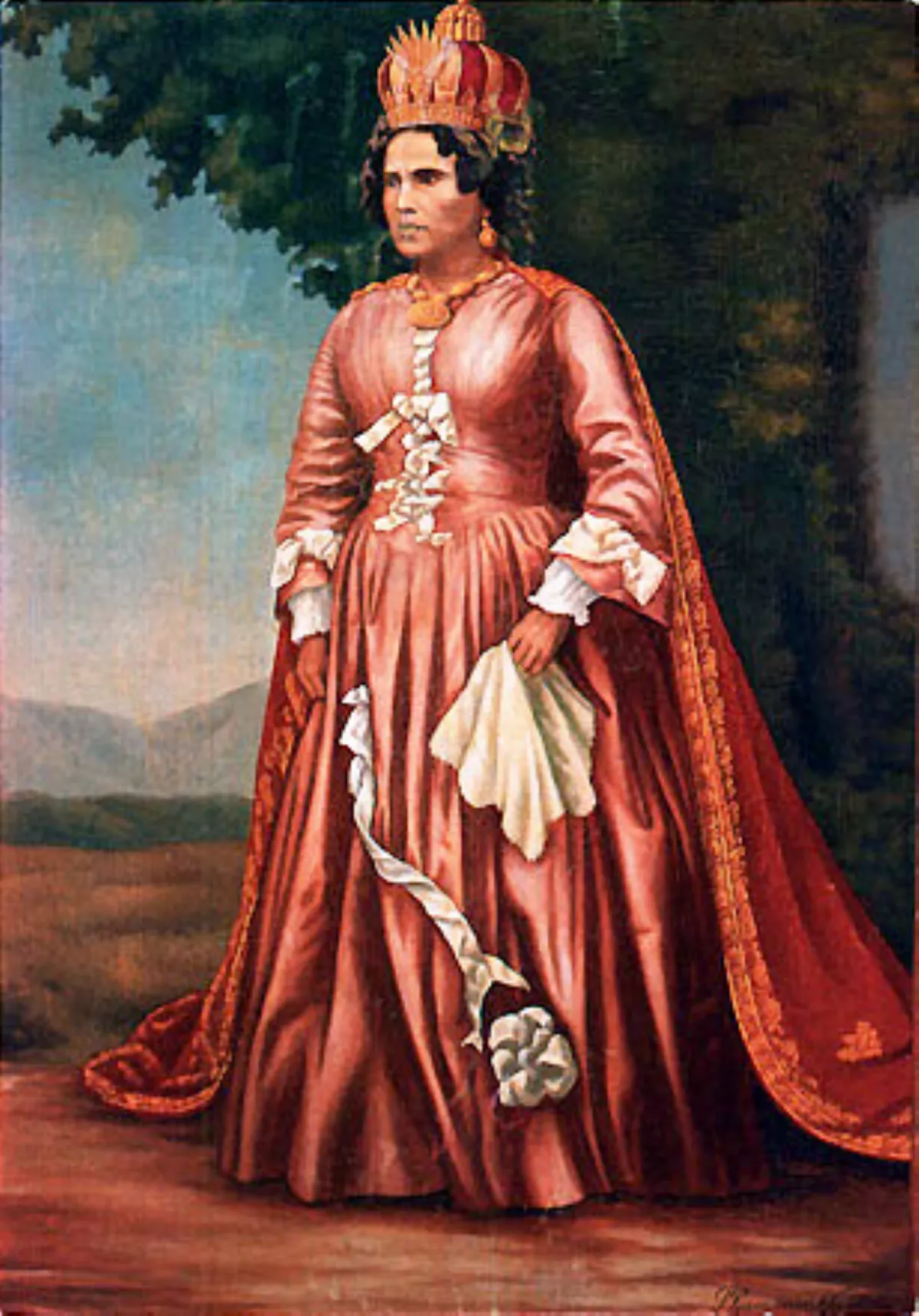 1.
1. Ranavalona I sought reduced economic and political ties with European powers, repelled a French attack on the coastal town of Foulpointe, and took vigorous measures to eradicate the small but growing Malagasy Christian movement initiated under Radama I by members of the London Missionary Society.